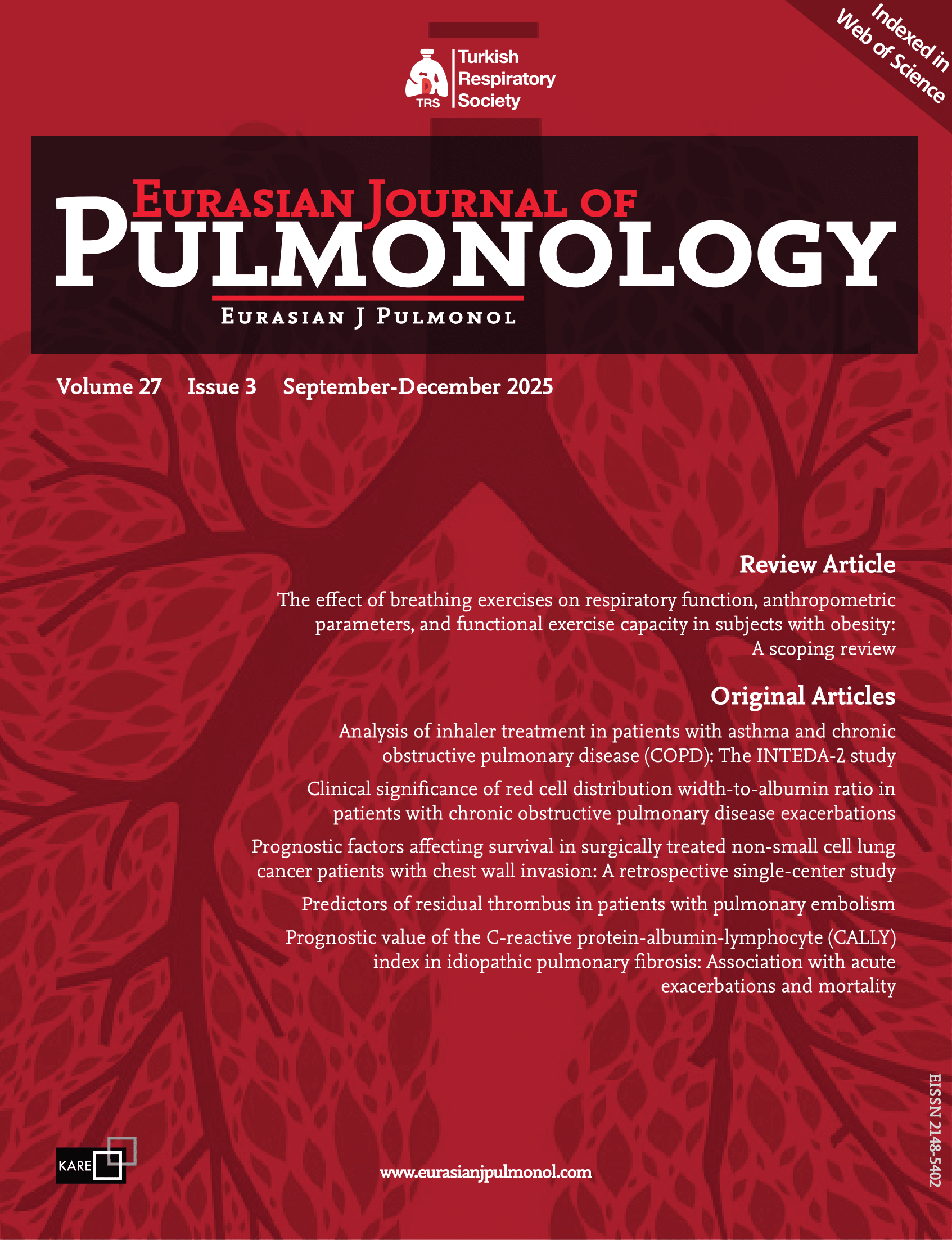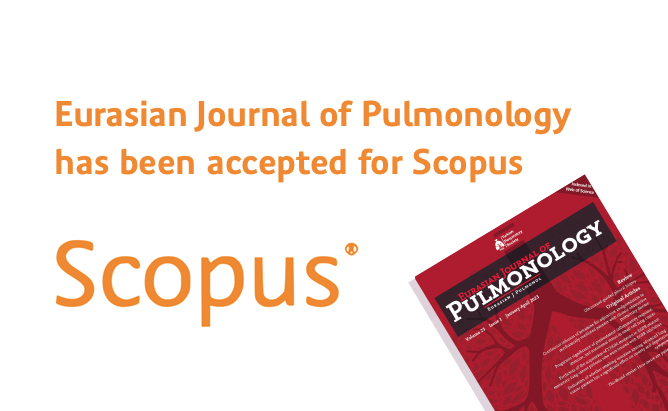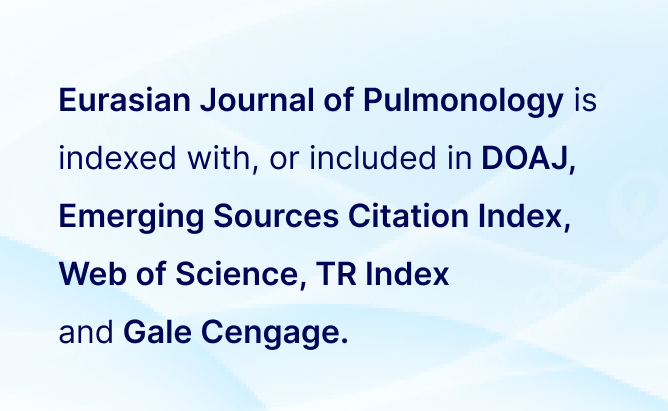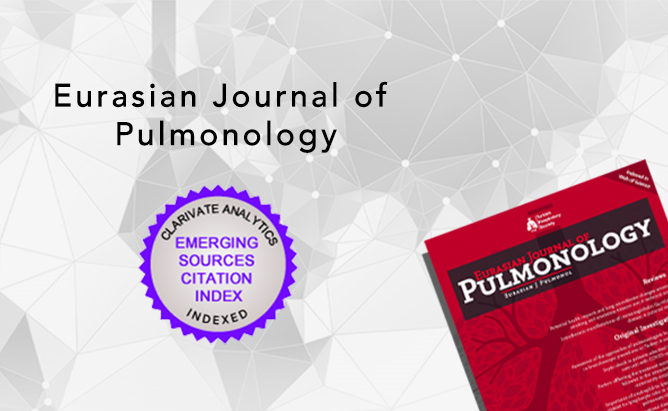2Department of Occupational Diseases, Diyarbakır Gazi Yaşargil Training and Research Hospital, Diyarbakır, Türkiye
Abstract
Background and Aim: Pneumoconiosis occurs as a result of an inflammatory response. Despite the precaution, it continues to be an important public health worldwide. It is important to monitor the prognosis in cases of pneumoconiosis since no effective treatment currently exists. In recent years, hemogram parameters have been increasingly investigated as prognostic indicators across a variety of diseases. This study aimed to compare the hemogram parameters of pneumoconiosis patients with workers who were occupationally exposed but not diagnosed with pneumoconiosis.
Methods: 207 patients with pneumoconiosis and 193 control were included in the study. Collected data encompassed demographic characteristics, occupational history, hemogram parameters, neutrophil-to-lymphocyte ratio (NLR), platelet-to-lymphocyte ratio (PLR), systemic immune-inflammation index (SII), and radiological imaging findings.
Results: Lymphocyte (Lym), hemoglobin (Hb), mean corpuscular volume (MCV), and mean platelet volume (MPV) levels were found to be significantly lower, whereas white blood cell (WBC) count, red cell distribution width (RDW), platelet count (PLT), platelet distribution width (PDW), NLR, PLR, and SII levels were significantly higher in the pneumoconiosis group compared to the control group.
Statistically significant differences were also observed in WBC, neutrophil (Neu), Lym, PLT, NLR, PLR, and SII levels across different ILO profusion categories and large opacity sizes. When a cut-off value of 2.4 was applied for NLR among pneumoconiosis cases, the presence of complicated pneumoconiosis was 3.8-fold more prevalent (p < 0.001). Similarly, using a PLR cut-off value of 131.2, the likelihood of complicated pneumoconiosis increased 3.0-fold (p = 0.002). In addition, applying an SII cut-off value of 522.06 resulted in a 3.6-fold higher detection rate of complicated pneumoconiosis cases (p = 0.001).
Conclusion: Pneumoconiosis may continue to progress even after exposure has ended. In addition to radiological imaging and pulmonary function tests, routine monitoring of hemogram-derived inflammatory markers such as NLR, PLR, and SII could yield important prognostic insights. These parameters could serve as accessible, cost-effective indicators to support clinical follow-up in affected individuals.





 Rabia Ezber1
Rabia Ezber1 



